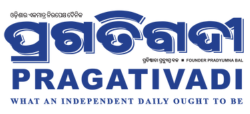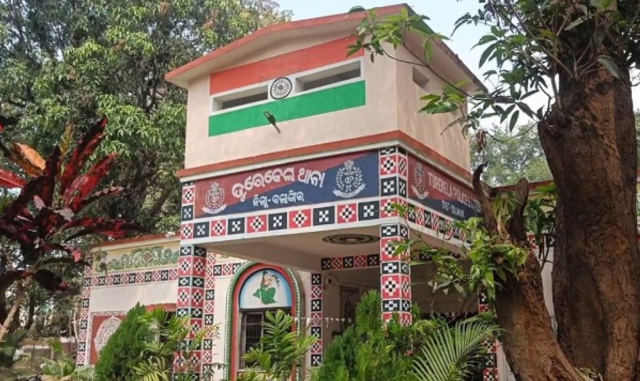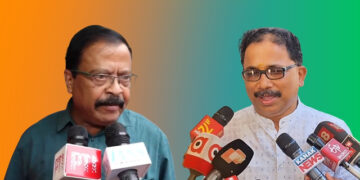In a landmark judgment on Tuesday, the Supreme Court of India upheld the use of Urdu on the signboard of the Patur Municipal Council in Akola district, Maharashtra.
The Court emphasized that language belongs to communities and regions, not religions, affirming Urdu’s constitutional status alongside Marathi.
Key Observations from the Supreme Court:
– “Language is not religion. Language belongs to a community, to a region, to a people.”
– Urdu and Marathi enjoy equal constitutional status.
– Urdu is an indigenous language, unfairly associated with religion due to colonial legacies.
– Urdu is a symbol of Ganga-Jamuni tehzeeb – India’s rich, composite cultural heritage.
– The primary purpose of language is communication, not religious identity.
Case Background:
– The petitioner, Varshatai Sanjay Bagade, a former councillor, argued that only Marathi should be used under the Maharashtra Local Authorities (Official Languages) Act, 2022.
– However, the Court rejected this view, noting that Urdu has been used since 1956 and is widely understood in the area.
📜 “We must respect and rejoice in our diversity, including our many languages,” the bench said.
India’s Linguistic Diversity:
According to the 2001 Census:
-
India had 122 major languages and 234 mother tongues.
-
Urdu is the 6th most spoken scheduled language in the country.
-
Spoken across almost every state and UT, except parts of the Northeast.





























